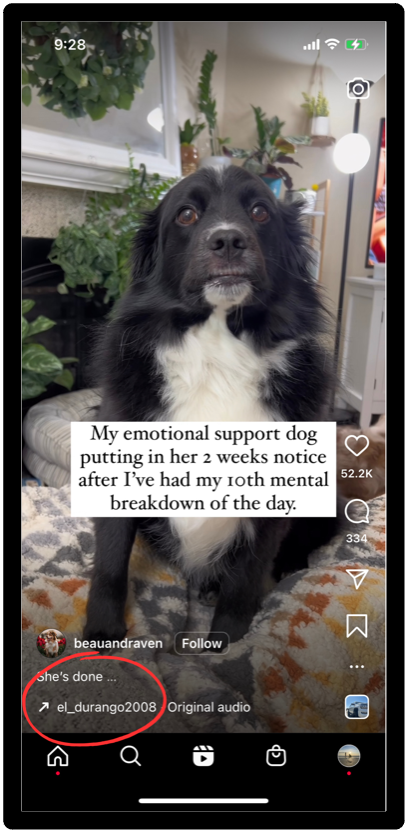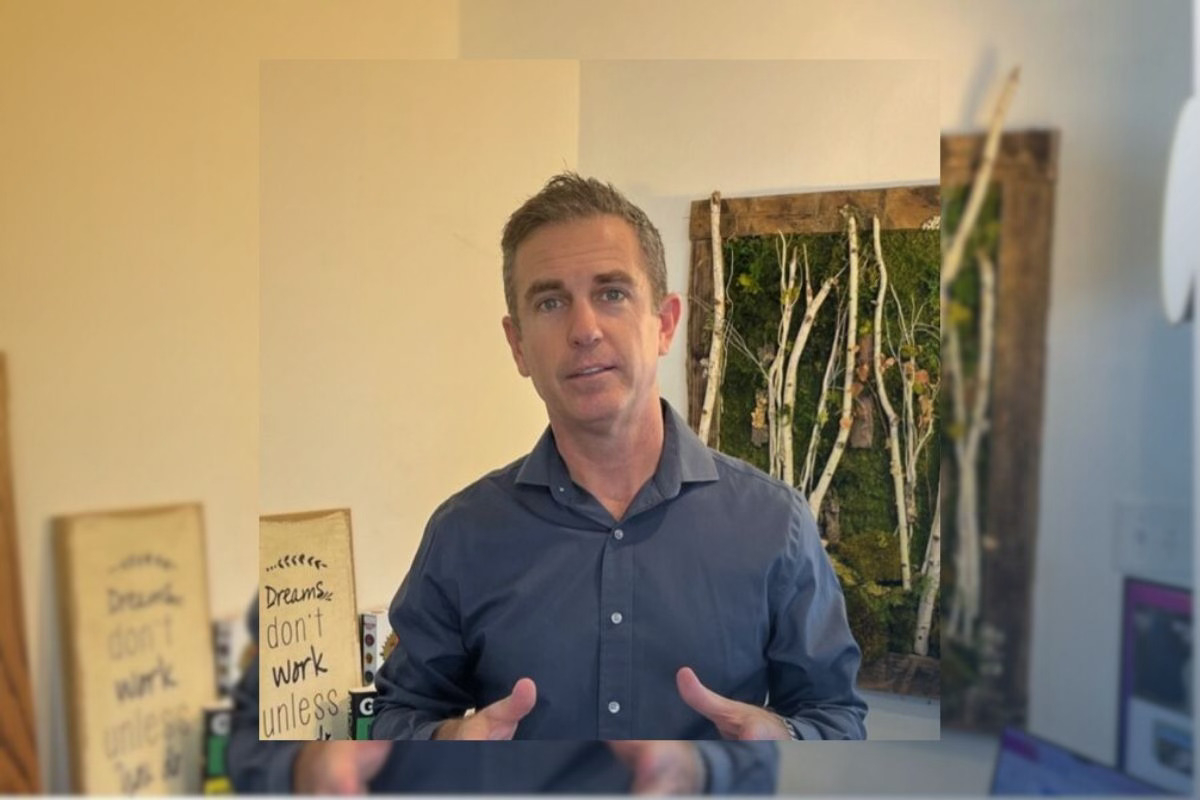Tips For Making Your Own Videos Part 1
Video is arguably the most powerful tool available to share your brand and message with the world. Video and the use of YouTube have been on the rise for several years, and it’s not showing any signs of slowing down. Essential tips for enhanced in-house video production should be used for maximum engagement with your YouTube audience. In fact, YouTube is the second-largest search engine in the world. Why? Because people love to watch videos – of all types. From DIY building things to entertainment, ways to care for your kids and seasonal things to do with your pets, to investment ideas, to what celebrities are up to, movie trailers, cooking tips, reviews of products, etc. – the types of videos and ideas for videos are endless.
Videos can and will help you engage with potential customers, increase brand awareness, build trust and credibility, and showcase your products or services in a fun and engaging way. Furthermore, video content is more likely to be shared on social media, which can help you reach a larger audience.
If the above wasn’t enough, video marketing can also help improve SEO ranking, as search engines prioritize content with video. And not to mention videos keep people on your website longer since a video gives them something to watch about your business, staff, or products.
Finally, video can help you stand out from the competition and make a lasting impression on your customers. The vast majority of your competition are not yet using video effectively – so now is the time for you to get going with video.
A professionally produced set of videos, highlighting your office, your staff, your services, and your testimonials is invaluable. Walker Kreative has shot and produced hundreds of videos for clients and utilized these in Facebook Ads, Google Ads, and even streaming on cable or Hulu.
However, you don’t need to pay thousands to be able to make decent, or even fantastic videos. That’s what this blog is about – giving you the know-how to do create awesome videos on your own.
Before we jump into how to create amazing videos, let’s list out some inexpensive equipment right from Amazon that you’ll need for your “video kit”:
VIDEO EQUIPMENT
- Lapel Microphone (NOTE: Using a microphone is very important. People undervalue audio quality all the time): https://a.co/d/ftkgYHz
- Lights: https://a.co/d/2fmJMox
- Simple tripod with remote for a smartphone: https://a.co/d/7fA0Zza
- Of course the key item is in your pocket – your mobile phone – either an iPhone or Android. Hopefully your phone is relatively new with a good camera on it.
Okay, so that’s the most basic equipment that will help you to get things started doing video in your business or practice. Now let’s get into the tips to get started producing videos!
TIPS FOR MAKING VIDEO: STEP 1 – OUTLINE YOUR VIDEO
Outlining your video will set you up for success.
The first thing you will need to do is decide what type of video content you want to create. Is it an educational video, a testimonial, or a product demonstration? This step is vital before you start shooting your video.
This step includes considering distribution and promotion. Will you use the video for social media? Paid advertising? Or both?
How you plan on using your video will determine the length of your video and the orientation. For example, for Facebook, Instagram or TikTok videos – best to keep these short and shoot them in portrait style. For distribution on YouTube, you need to shoot your video horizontally.
How long should a video be?
Facebook Ad Videos – Facebook recommends ad videos be no more than 15 seconds in length. Videos short enough are eligible for distribution on Instagram stories and Facebook In-Stream Ads. You can use videos up to 10 minutes long in Facebook Ads – however, it is not recommended. While FB does recommend 15 seconds, we would say anything under 45 seconds is good.
Facebook Videos – Longer educational videos are great to post on Facebook for users who are visiting your page. However, videos less than a minute tend to do best. The reason for this is that Facebook recommends videos to users when they are less than a minute long, and stories that are 20 seconds or less. Facebook also prefers native content – so whenever you have a video you have posted to another platform, such as YouTube, be sure to upload it directly to Facebook as well, rather than share a link from YouTube.
For more training on all this check out the Walker Kreative home page and website for announcements of workshops on digital marketing for small businesses where video is covered in a lot of detail.
Instagram – When posting videos on Instagram you should try not to exceed 1 minute if you can help it. Think with short and punchy, with arresting visuals that passive scrollers can’t ignore.
Instagram Stories – The maximum per Instagram story slide is 15 seconds. You can use multiple slides but try not to exceed 3.
Instagram Reels – These videos are very similar to TikTok videos, and very often what trends on TikTok will make their way to Instagram. These are usually 15 seconds to 60 seconds, however, they can be shorter. Reels are often successful when using “trending” audio and presenting something funny or entertaining that relates to your brand. Reels can be great for getting your brand a very high volume of exposure as they tend to rake in more views and engagement than other video content. Cebron, Our boss here at Walker Kreative made a simple video with his baby daughter using a trending audio music track and it got over 7,000 likes and 120,000 views. It took about 3 minutes to make and post.
YouTube – Slightly longer videos are better for YouTube. The sweet spot for YouTube seems to be around 2 minutes at this time, however, with the ever-dwindling attention span of society, this number has been going down.
A note on Video “Views”
While video content can be used in several ways as far as marketing and advertising is concerned, and “views” isn’t the only statistic to pay attention to, we wanted to mention that different platforms consider a “view” in different ways. On Facebook, a “TrueView” is counted when someone watches 15 seconds of your video, or to it’s completion if the video is shorter than 15 seconds, whereas on YouTube a video is considered double that length and is only counted at 30 seconds (or completion if the video is shorter).
So, when you are thinking about utilizing video in your advertising with the goal of getting more views of your video, you should note the above.
Writing your script or outline helps you formulate what you’re going to say in your video
Part of outlining your video is writing out a script to use for your video. You may not “read” the script when shooting the video – and it’s better not to read. But by writing it out, you gain certainty on what you want to say.
A very important point is that you want to only talk about ONE SUBJECT. Don’t ever attempt to educate a viewer on your entire industry in one video. The rule is: ONE VIDEO – ONE SUBJECT.
Get an idea of what you want to say to your audience and note it down. It can be more of an outline for yourself than an actual script. Check out videos from your peers on YouTube or Facebook for inspiration. Note how much engagement and views those videos have to get an idea on if that subject or topic resonated with viewers.
Read it over and re-work it as needed. Ask your co-workers to read it and ask them if they feel interested right off or if they think the message is of value. Successful videos these days capture the audience right in the first couple of seconds of the video – either with words or visually.
How to Start a Video? With a Question
A great way to start an educational video – for any industry – is with a question.
If you are talking about your pet’s dental services, start with something like “Did you know that 80% of pets suffer from periodontal disease?” Or “What is one of the most painful problems that affect our pets, and we don’t know it?”
If you are a dentist, you could open with a before and after of cosmetic dentistry and state something like “Would you like a celebrity-worthy smile at a price you can afford? That’s what I’m about to tell you about.”
More on Instagram Reels

If you are planning on hyping up your Social Media engagement with Reels, check out accounts that are doing great. Reels that do well tend to use trending audio and take their own spin on it. The fact that the audio is trending aligns with the rule of capturing your audience’s attention at the very beginning.
If you are an orthodontist – check out The Braces Guy on Instagram. His videos and content are consistently entertaining, fun, and educational. His reels consistently get hundreds of thousands of views if not more.
Finding what is trending will require you actually use the platform. Watch reels and see how much engagement they are getting. Check out posts and how much engagement they are getting. When you see something trending, or that inspires you to take your own spin on it, save the post or audio. The little arrow near the audio on a video means Instagram says that audio track is trending. If you don’t consistently use social media, see if there is a team member in your office who is active that can take on the role of coming up with ideas of what to create.
Planning out and scripting your video is an important first step.
In our future articles – we will cover gear, lighting, sound, setting up your YouTube channel, and editing. So stay tuned for our future tips for making videos.
Christine (and the team)
Walker Kreative














